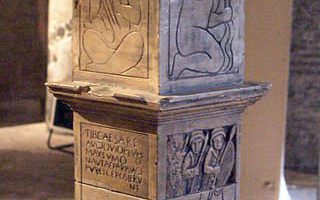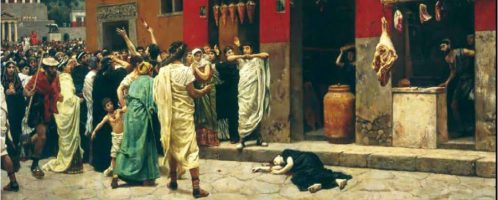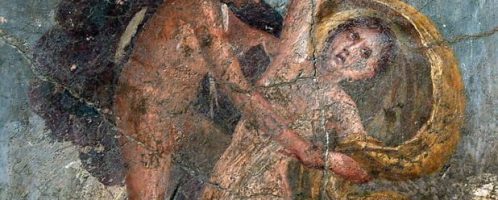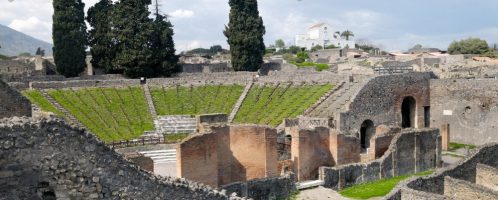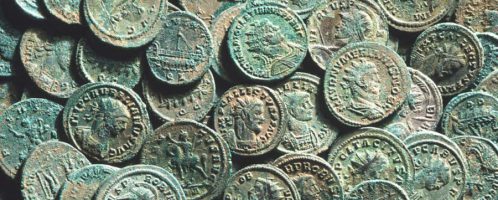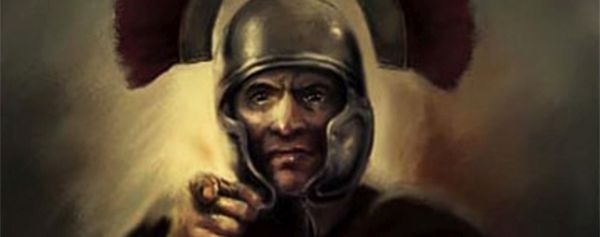Temples of Jupiter and Isis in Lutece
When the world is living an irreparable loss, which is the fire of the Notre Dame Cathedral in Paris, it is worth mentioning that in this place at the turn of the first century before and in the era, Jupiter’s temple was definitely located.

